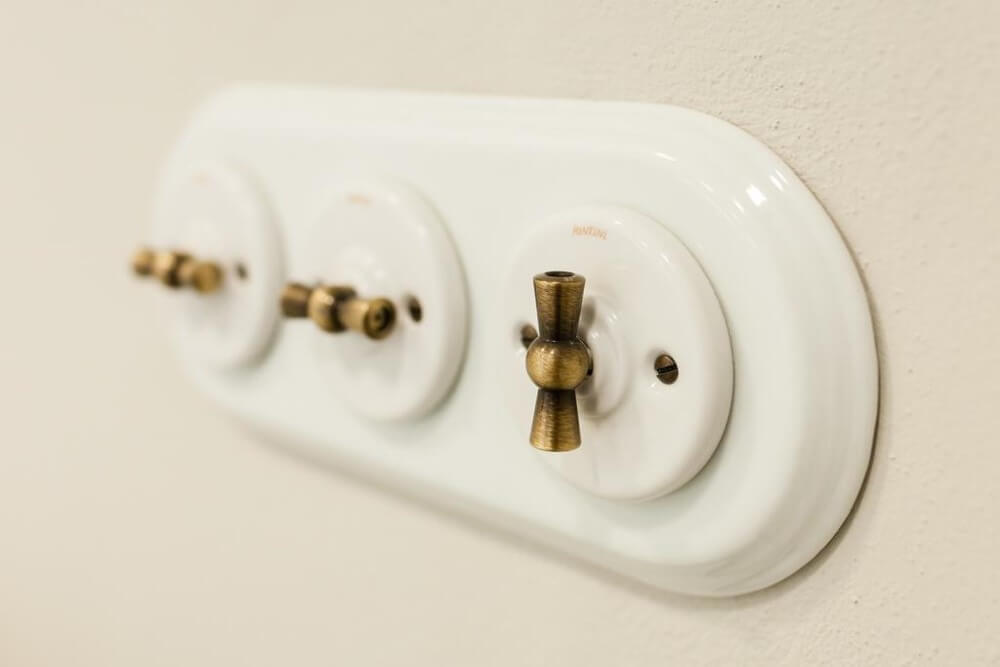Presentation:
In the domain of systems administration, switches stand as the uncelebrated yet truly great individuals, unobtrusively dealing with the progression of information across organizations, everything being equal. From little home arrangements to rambling venture frameworks, switches assume a fundamental lülitid part in working with correspondence between gadgets. Understanding the fundamentals of switches is vital for anybody hoping to dig into the universe of systems administration. 
What Are Switches?
At its center, a switch is a systems administration gadget that works at the Information Connection layer (Layer 2) of the OSI model. Not at all like centers, which just transmission information to every single associated gadget, switches are savvy gadgets that investigate information bundles and forward them just to their planned objective. This further develops network productivity by lessening pointless traffic.
How Do Switches Function?
Switches work by building a table of Macintosh addresses, known as a Macintosh address table or Content Addressable Memory (CAM) table. At the point when a switch gets an information parcel, it inspects the objective Macintosh address and really takes a look at its table to figure out which port the bundle ought to be sent to. On the off chance that the Macintosh address isn’t found in the table, the change floods the bundle to all ports aside from the one it was gotten on, guaranteeing that the parcel arrives at its objective.
Kinds of Switches:
Switches come in different kinds and sizes, each custom-made to explicit systems administration needs:
Unmanaged Switches: These switches are attachment and-play gadgets that require no arrangement. They are great for little organizations or home arrangements where straightforwardness is fundamental.
Overseen Switches: Oversaw switches offer more noteworthy control and configurability. Network heads can tweak settings like VLANs, Nature of Administration (QoS), and port reflecting to advance organization execution and security.
Layer 2 Switches: Layer 2 switches work at the Information Connection layer and pursue sending choices in view of Macintosh addresses.
Layer 3 Switches: Layer 3 switches, otherwise called multi-facet switches, can perform steering capabilities as well as exchanging. They work at the Organization layer (Layer 3) of the OSI model, pursuing sending choices in light of IP addresses.
PoE Switches: Control over Ethernet (PoE) switches can convey capacity to associated gadgets, for example, IP cameras, VoIP telephones, and remote passages through the Ethernet link, killing the requirement for discrete power sources.
Utilizations of Switches:
Switches are universal in current systems administration and track down applications in different conditions:
Venture Organizations: In enormous associations, switches structure the foundation of the organization framework, interfacing PCs, servers, printers, and different gadgets.
Server farms: Server farm switches are intended to deal with high volumes of traffic and give low inertness network among servers and capacity gadgets.
Home Organizations: In homes, switches are utilized to interface gadgets like PCs, gaming consoles, savvy televisions, and real time gadgets to the web.
Modern Organizations: Modern switches are ruggedized to endure cruel conditions and are utilized in modern mechanization and control frameworks.
End:
Switches are the overlooked yet truly great individuals of systems administration, quietly guiding information bundles to their objections and empowering consistent correspondence between gadgets. Whether in homes, workplaces, or server farms, switches assume an essential part in keeping the world associated. Understanding the basics of switches is fundamental for anybody